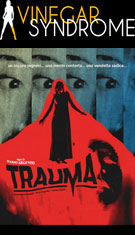

Color, 1993, 109 mins. 27 secs.
Directed by Dario Argento
Starring Asia Argento, Christopher Rydell, Piper Laurie, Frederic Forrest, James Russo, Brad Dourif, Laura Johnson
Vinegar Syndrome (Blu-ray) (US R0 HD), TonFilm (Blu-ray & DVD) (Austria R0 HD/PAL), Anchor Bay (US R0 NTSC), Laser Paradise (Germany R2 PAL), Optimum, Lionsgate (UK R2 PAL) / WS (2.35:1) (16:9), Tartan (UK R2 PAL) / WS (2.35:1)
Often seen by Dario Argento fans as the dividing line between his gloriously 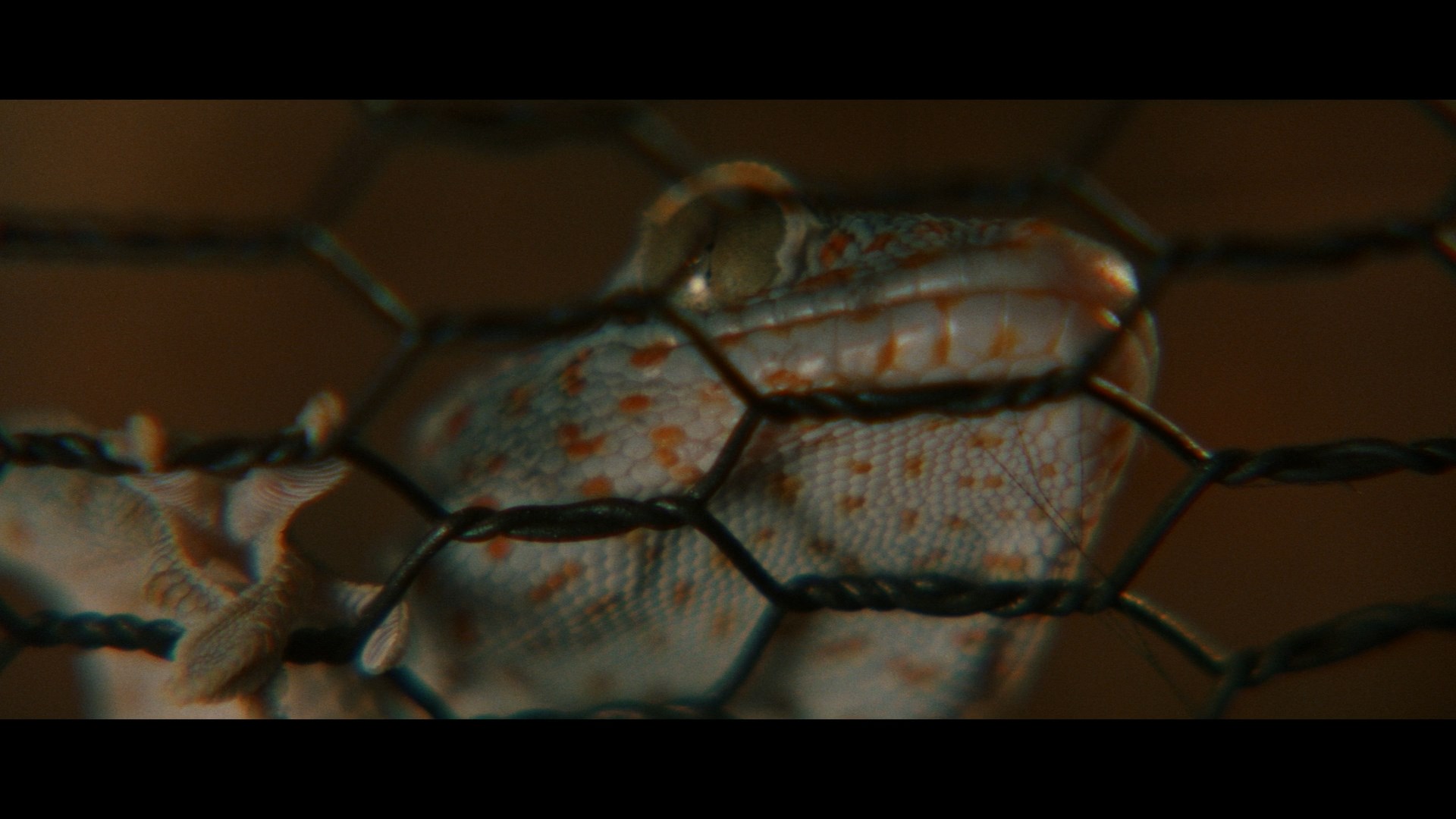
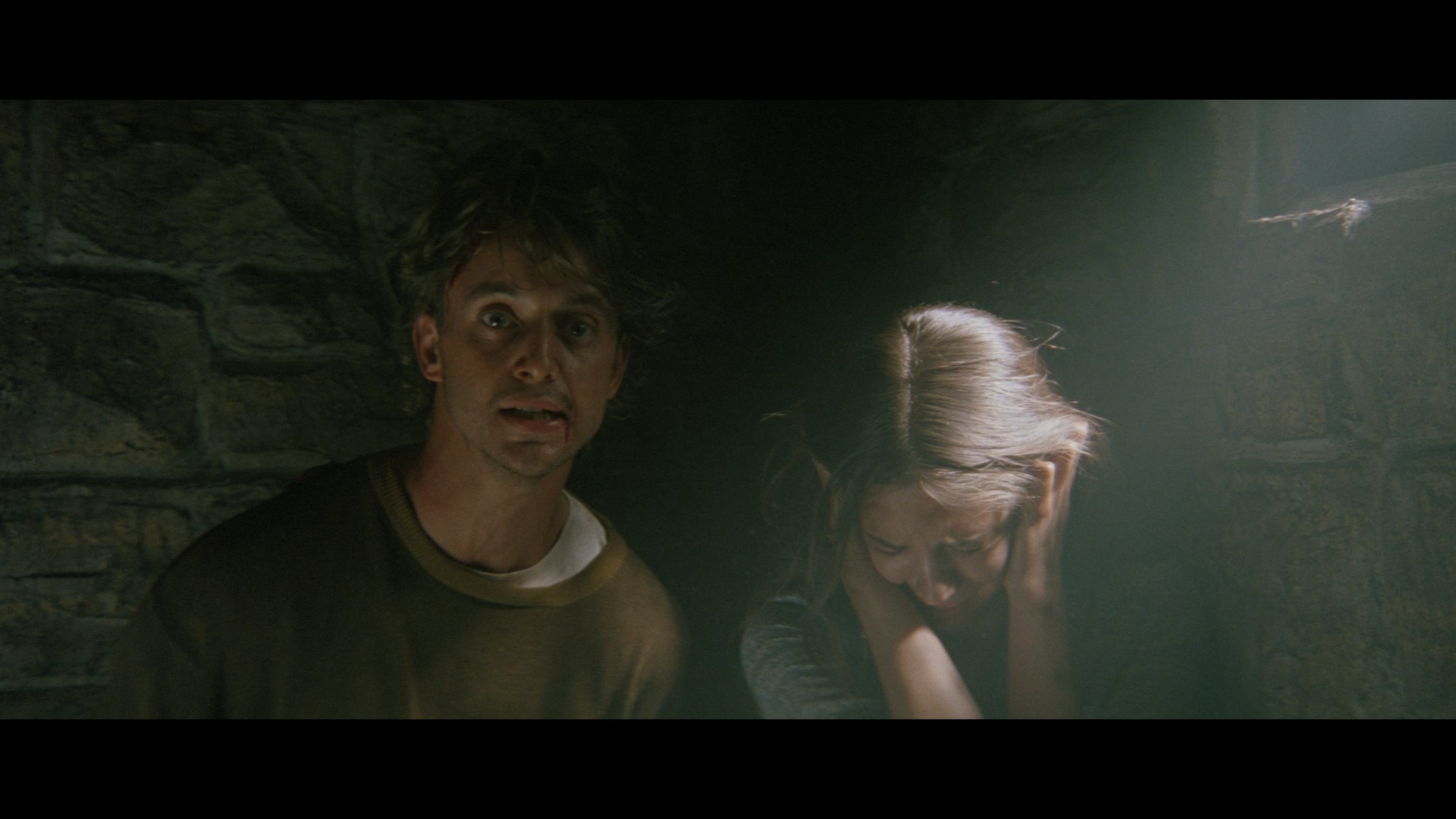 excessive Italian masterworks up through Opera and the highly erratic experiments that characterize the rest of his career, Trauma was the closest the director came to mounting a mainstream American feature. The genesis of the decision to go stateside was obviously his collaboration with George A. Romero on the Pittsburgh-shot anthology Two Evil Eyes, which didn't get a wide release but earned him a positive fan reception and relatively good reviews. Originally entitled Aura's Enigma and lensed in Minnesota, Trauma was handed to American horror writer T.E.D. Klein for an extra dialogue gloss and kept on a pair of the prior film's alumni, effects maestro Tom Savini and composer Pino Donaggio. The gore was kept to what were probably deemed to be R-rated levels, focusing more than usual on intricate plot twists and character development as well as extended suspense set pieces. The end result split fans down the middle, particularly when the film went straight to video in America with an atrocious VHS transfer that wreaked havoc on the film's intricate scope compositions. However, over time its status has risen, and some of its highlights (including a masterful final half hour) are now appreciated as some of Argento's strongest work from that era.
excessive Italian masterworks up through Opera and the highly erratic experiments that characterize the rest of his career, Trauma was the closest the director came to mounting a mainstream American feature. The genesis of the decision to go stateside was obviously his collaboration with George A. Romero on the Pittsburgh-shot anthology Two Evil Eyes, which didn't get a wide release but earned him a positive fan reception and relatively good reviews. Originally entitled Aura's Enigma and lensed in Minnesota, Trauma was handed to American horror writer T.E.D. Klein for an extra dialogue gloss and kept on a pair of the prior film's alumni, effects maestro Tom Savini and composer Pino Donaggio. The gore was kept to what were probably deemed to be R-rated levels, focusing more than usual on intricate plot twists and character development as well as extended suspense set pieces. The end result split fans down the middle, particularly when the film went straight to video in America with an atrocious VHS transfer that wreaked havoc on the film's intricate scope compositions. However, over time its status has risen, and some of its highlights (including a masterful final half hour) are now appreciated as some of Argento's strongest work from that era.
Argento's now famous daughter, Asia, took on the first of several leading roles for her father as Aura, a bulimic Romanian teenager on the run from child services. A killer named the Headhunter is also on the loose, seen first during a thunderstorm clobbering a chiropractor and severing her head with a handmade electrical noose. While teetering on the edge of a bridge, Aura is rescued by David (Rydell), a TV news artist and recovering drug addict, but their encounter is cut short when the authorities drag her back to her parents. Aura's eccentric mother (Laurie) holds a seance that night and invokes the spirit of the Headhunter's latest victim, only for the killer to show up outside during a rainstorm and behead both of Aura's parents. The traumatized girl goes to  David for help and joins him to track down the killer, whose death list is still far from finished.
David for help and joins him to track down the killer, whose death list is still far from finished. 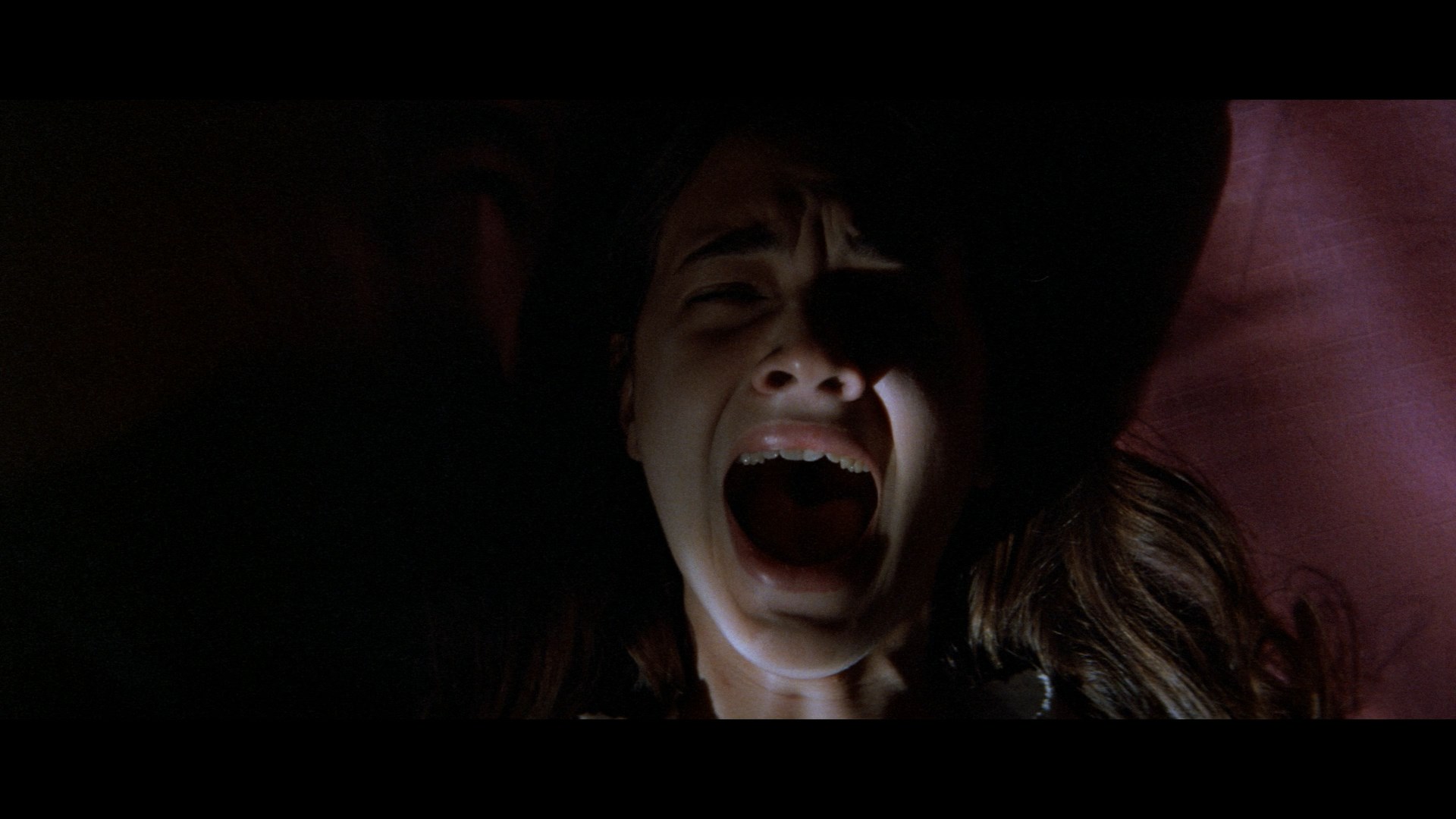
Sporting an odd array of supporting roles including a hammy Brad Dourif as a dubious doctor (basically a glorified cameo, but a memorable one), Frederic Forrest as Aura's overbearing shrink, and James Russo as a police officer, Trauma feels like no other Argento film before it but could not be the work of anyone else. The film constantly imposes a disorienting, drug-like state in the viewer as it repeatedly pauses for bizarre throwaway set pieces, such as an institution where David suddenly finds himself accused by the all the patients of an unseen murder. While Opera dabbled with unorthodox narrative forms in its final fifteen minutes, here Argento extends this approach to the last act of Trauma, a haunting, masterful payoff which veers the story in a wholly unexpected direction. (Apparently Tim Burton felt likewise as his Sleepy Hollow swipes the pivotal visual twist verbatim.) This led to the even more extreme narrative twisting of The Stendhal Syndrome, widely regarded as Argento's last truly great film. Trauma certainly isn't perfect; many of the extras were clearly grabbed off the street and handed cue cards, and the reggae band over the end credits is perhaps the greatest head scratcher in the director's entire career. (Well, at least until a certain praying mantis.) However, in hindsight the film has plenty to offer and really sticks with the viewer long after while improving with each viewing. Perhaps its greatest asset is the central performances by Rydell and Argento, a pair of damaged souls whose pain evoked by their pasts contributes heavily to the weird resonance of the climax.
The worst blow to Trauma's reputation was undoubtedly that first video release from Worldvision, whose abominable VHS and laserdisc edition chopped the scope compositions into foggy, unwatchable fullscreen fragments and undermined almost every single shot of the film. Equally bad was the muddy mono soundtrack, which stifled the score and rendered much of the dialogue unintelligible. Even the Japanese version reverted to this disastrous transfer, leaving fans to resort to a widescreen work print VHS (118m2s) which made the rounds through the video gray market. Containing extensive footage excised from Argento's final cut (including a more rational explanation for that reggae band and a better introduction for Aura), this rough cut 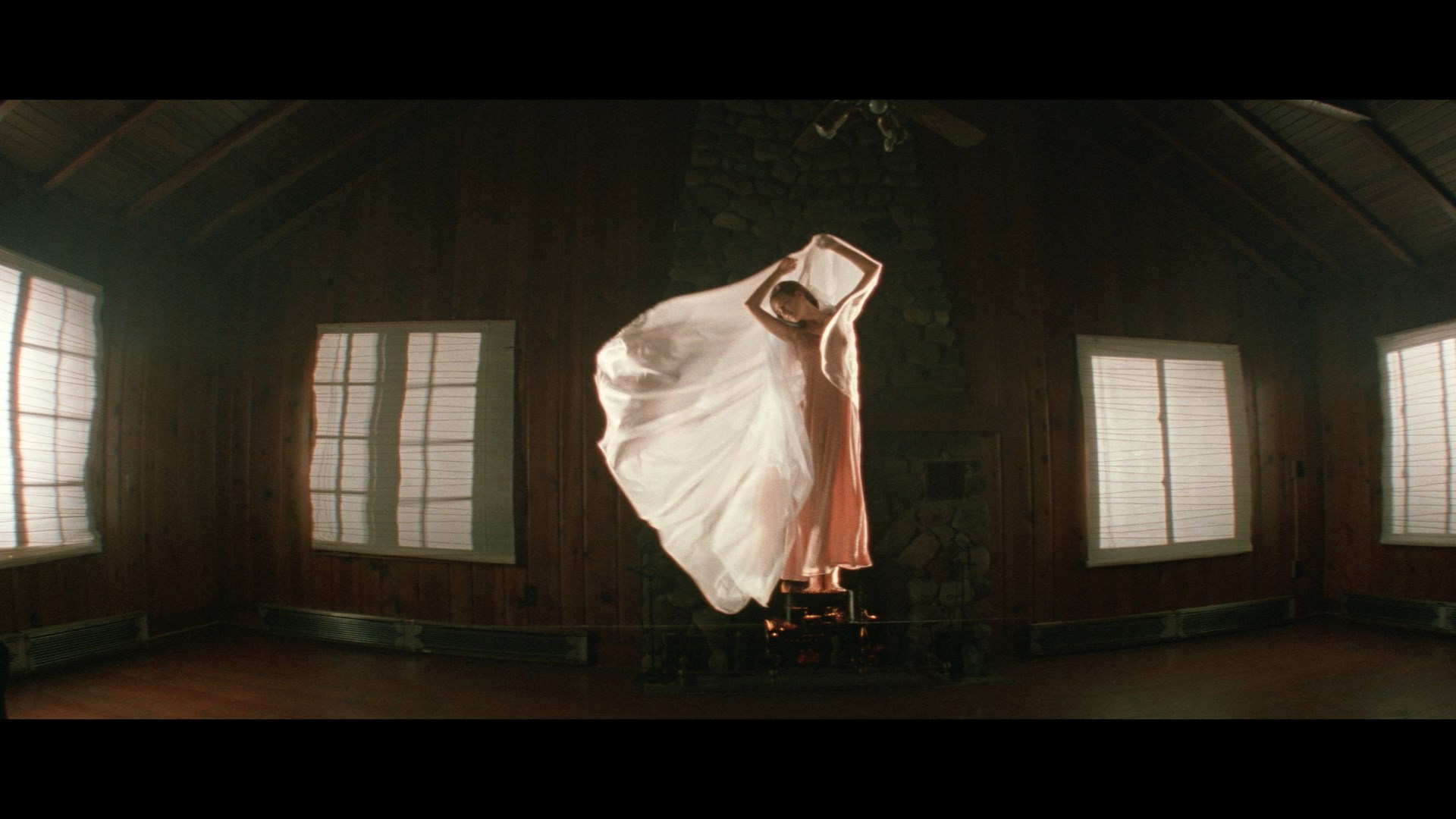 contains a peculiar temp track score with tracks from Basic Instinct, Hellraiser, and Enya-- an odd combination, to say the least. A widescreen version from Tartan appeared on VHS in the UK but suffered from BBFC cuts to a pair of decapitation sequences. (The Worldvision tape was also trimmed
contains a peculiar temp track score with tracks from Basic Instinct, Hellraiser, and Enya-- an odd combination, to say the least. A widescreen version from Tartan appeared on VHS in the UK but suffered from BBFC cuts to a pair of decapitation sequences. (The Worldvision tape was also trimmed 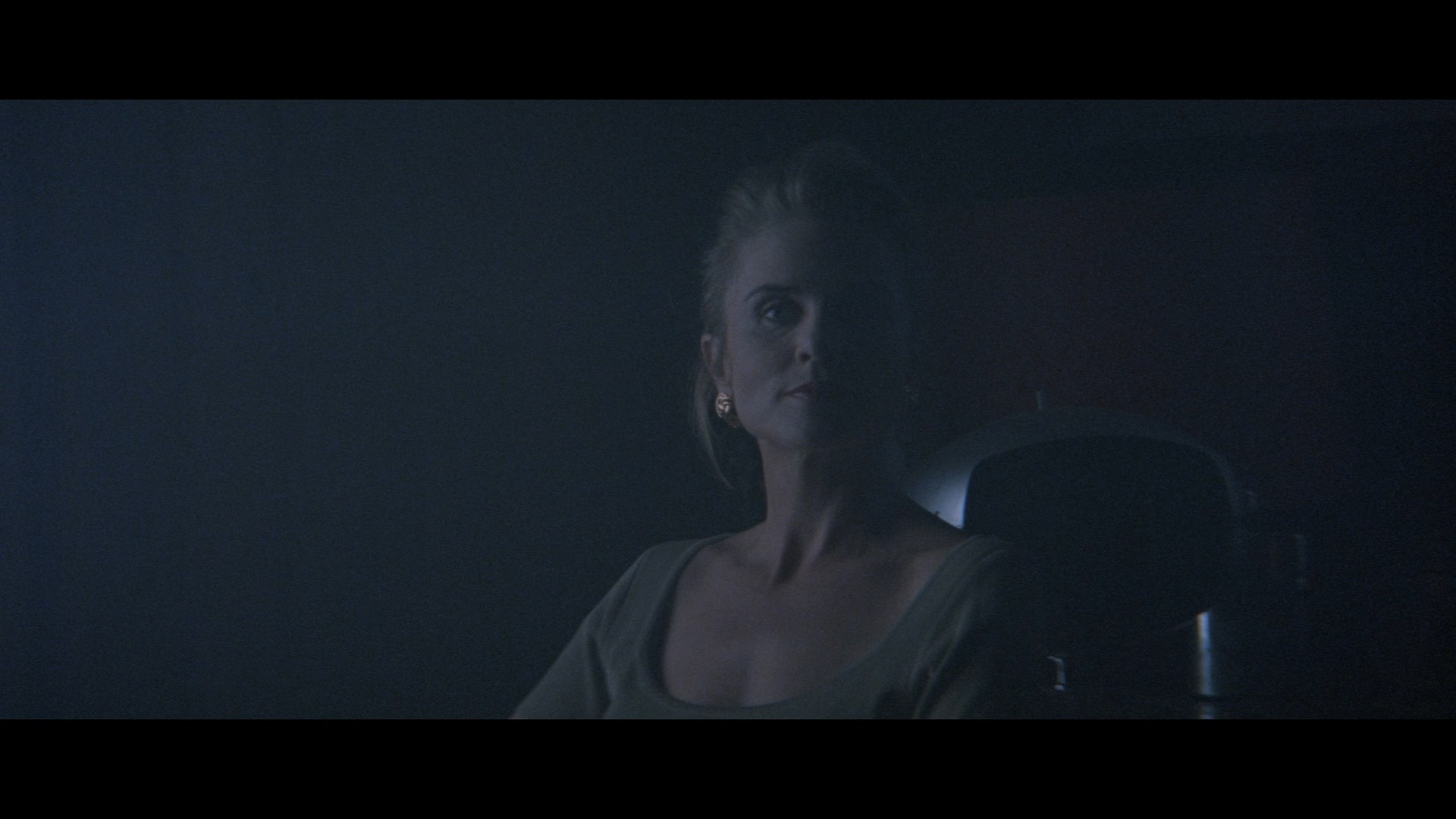 down for an optional, Blockbuster-friendly R-rated version.) A UK Tartan DVD was non-anamorphic but watchable, derived from the same master used for their VHS but reinstating the excised gore. The extras listed on the back of the UK release look more impressive than they really are; on the disc you get the original trailer (prepared by Overseas for international exhibition), a trailer for Phantom of the Opera to tie in with Tartan's release of that title, a print interview with Asia Argento, some behind the scenes photographs, a Richard Stanley essay, and notes about the BBFC's previous cuts to the film.
down for an optional, Blockbuster-friendly R-rated version.) A UK Tartan DVD was non-anamorphic but watchable, derived from the same master used for their VHS but reinstating the excised gore. The extras listed on the back of the UK release look more impressive than they really are; on the disc you get the original trailer (prepared by Overseas for international exhibition), a trailer for Phantom of the Opera to tie in with Tartan's release of that title, a print interview with Asia Argento, some behind the scenes photographs, a Richard Stanley essay, and notes about the BBFC's previous cuts to the film.
In 2005, Anchor Bay stepped in with what was at the time the best release of the film on DVD, though it still left plenty to be desired. The stereo surround track is thankfully present and accounted for in 5.1 and 2.0 mixes, with thunderclaps nicely roaring from the rear speakers at opportune moments. At the standard English release length of 106m14s, that disc (long out of circulation now) is anamorphic but interlaced, coupled with what appears to be a soft and not entirely successful PAL conversion job. The Anchor Bay edition also adds on some deleted scenes culled from the longer Italian release with English subtitles (strange, really, since the work print has the same bits in English, though apparently not in a final mix), namely a bit with David and his on/off girlfriend at the TV station, a chase through a food market, and other odds and ends. A solid featurette called "Of Love, Fear and Trauma" is also included with Argento talking at length about the film's genesis and personal significance, while Savini's work takes center stage in an eight-minute collection of highlights loaded with severed heads. (This is likely culled from the many, many hours of footage shot during production, which briefly popped up on the collector's market but is largely tedious to sit through.) The best extra, however, is an insightful commentary from 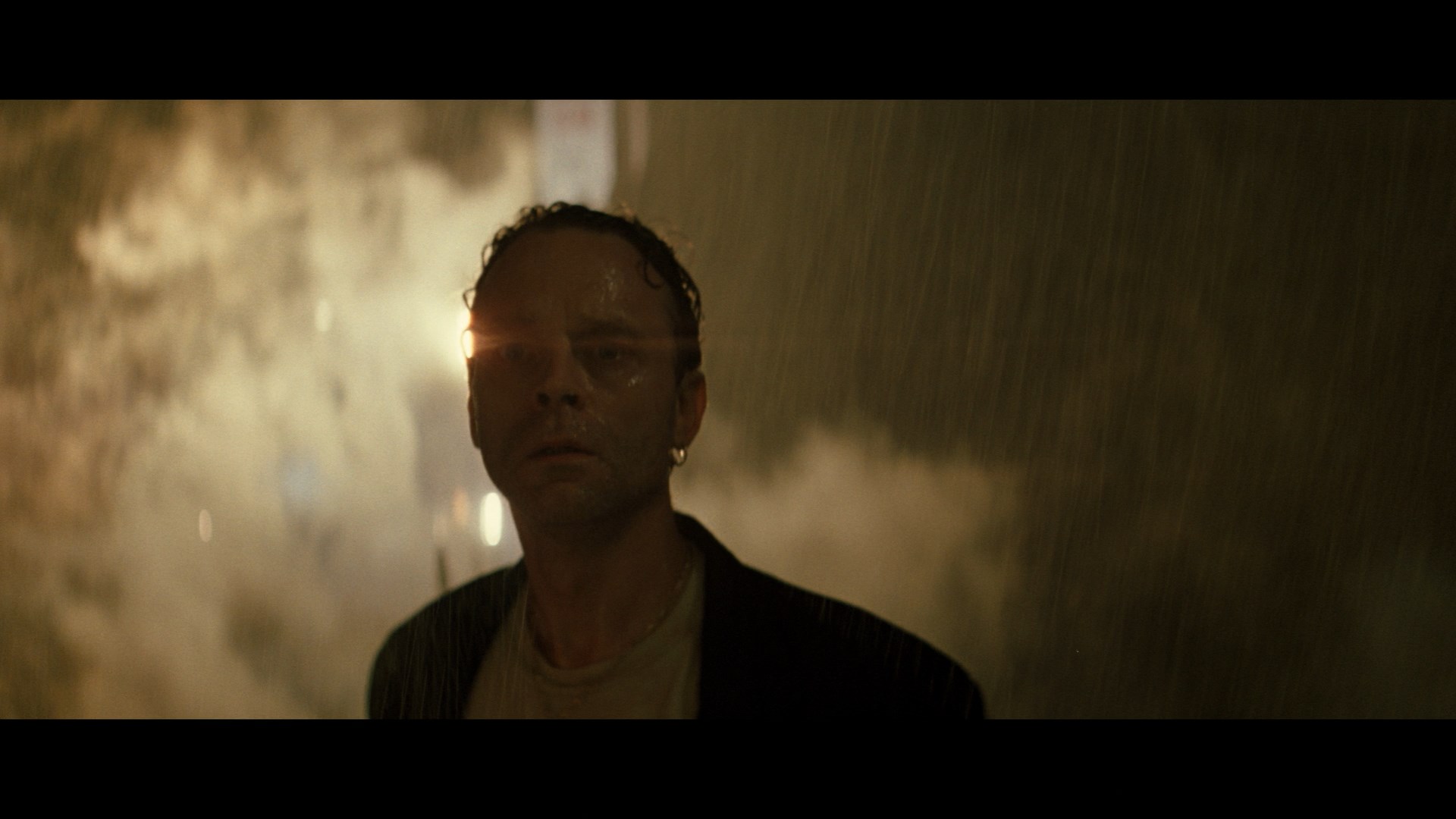 Argento
Argento 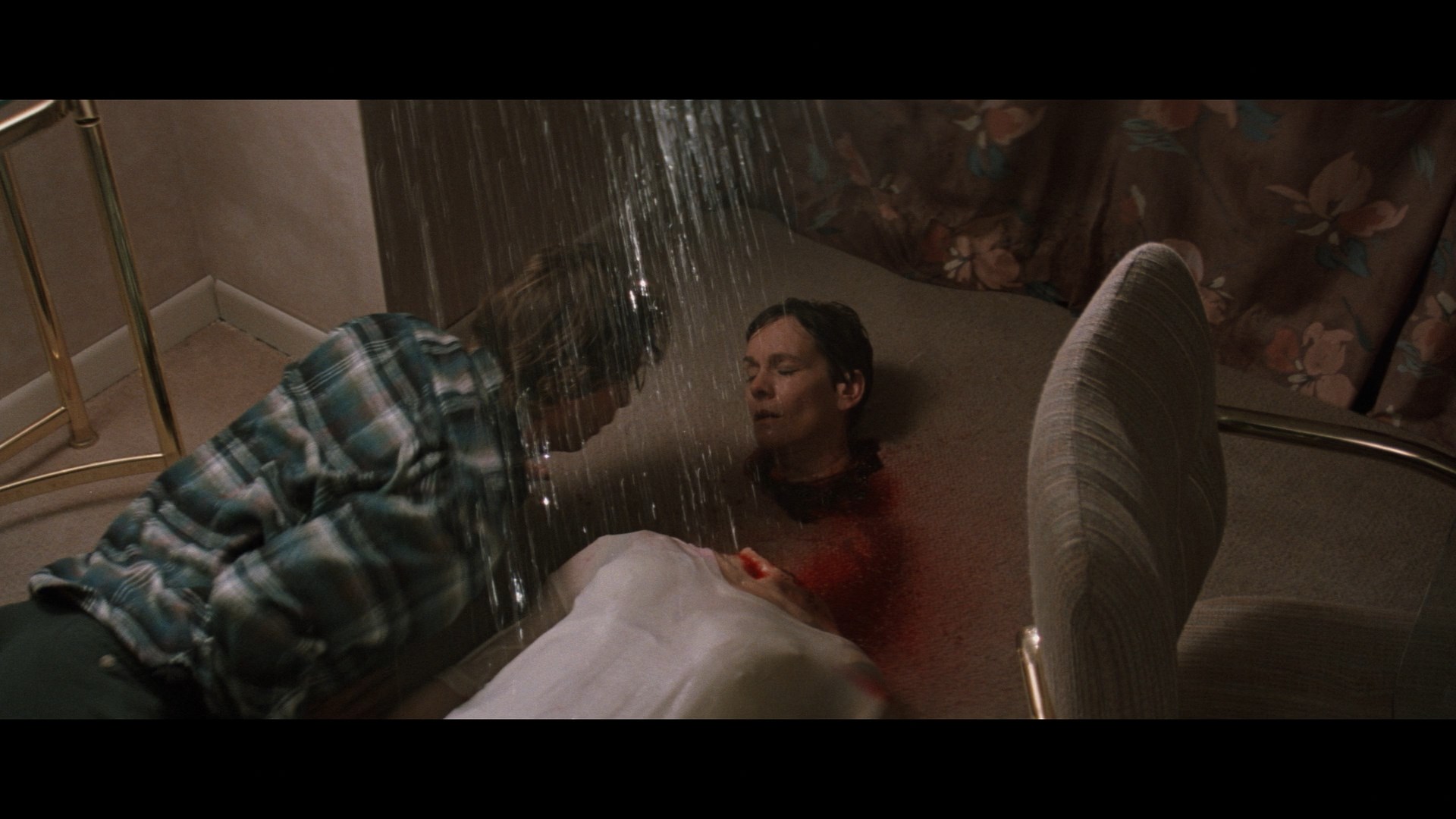 expert Alan Jones, who was on the set during shooting and has stories for virtually every scene in the film. The same master was apparently used for the reissued UK versions, which look very similar.
expert Alan Jones, who was on the set during shooting and has stories for virtually every scene in the film. The same master was apparently used for the reissued UK versions, which look very similar.
With most of Argento's films getting the Blu-ray treatment relatively quickly in the format's history, it's inevitable that someone would take a crack at a better-looking version of Trauma sooner rather than later. An HD version aired frequently on the American channel Showtime, but it looked very underwhelming and suffered from major sync issues in the audio. The 2013 Austrian mediabook release from TonFilm is a big step up in image and audio quality, featuring the correct projection speed and a substantial amount of additional detail. The black levels are also a bit richer, which helps many of the iffier effects shots (especially that one in the elevator shaft) work more convincingly than before. The DTS-HD 2.0 surround audio also sounds excellent, with the score featuring more bass and sounding less harsh and tinny than prior releases. On the downside, the English track can only be played with forced German subtitles, though if your player is capable you can shift the subs down well into the lower letterbox bar; if you're even more resourceful you can get rid of them entirely, but that's not a tactic that's technically legal. Most interestingly, this was the longest English-language version available at the time (108m54s) with all of the additional Italian scenes included in equally pristine quality. Unfortunately those bits don't have English subs, but you can figure them out easily enough. The extras aren't as lavish as the Anchor Bay disc, but you do get a seven-minute making of (basically the Tom Savini segment without the music and credits), three trailers (Italian, American, and European in English), the American opening credits, and a short gallery of Italian lobby cards and posters, plus really nice packaging with a DVD version included as well and a heavily illustrated booklet. The 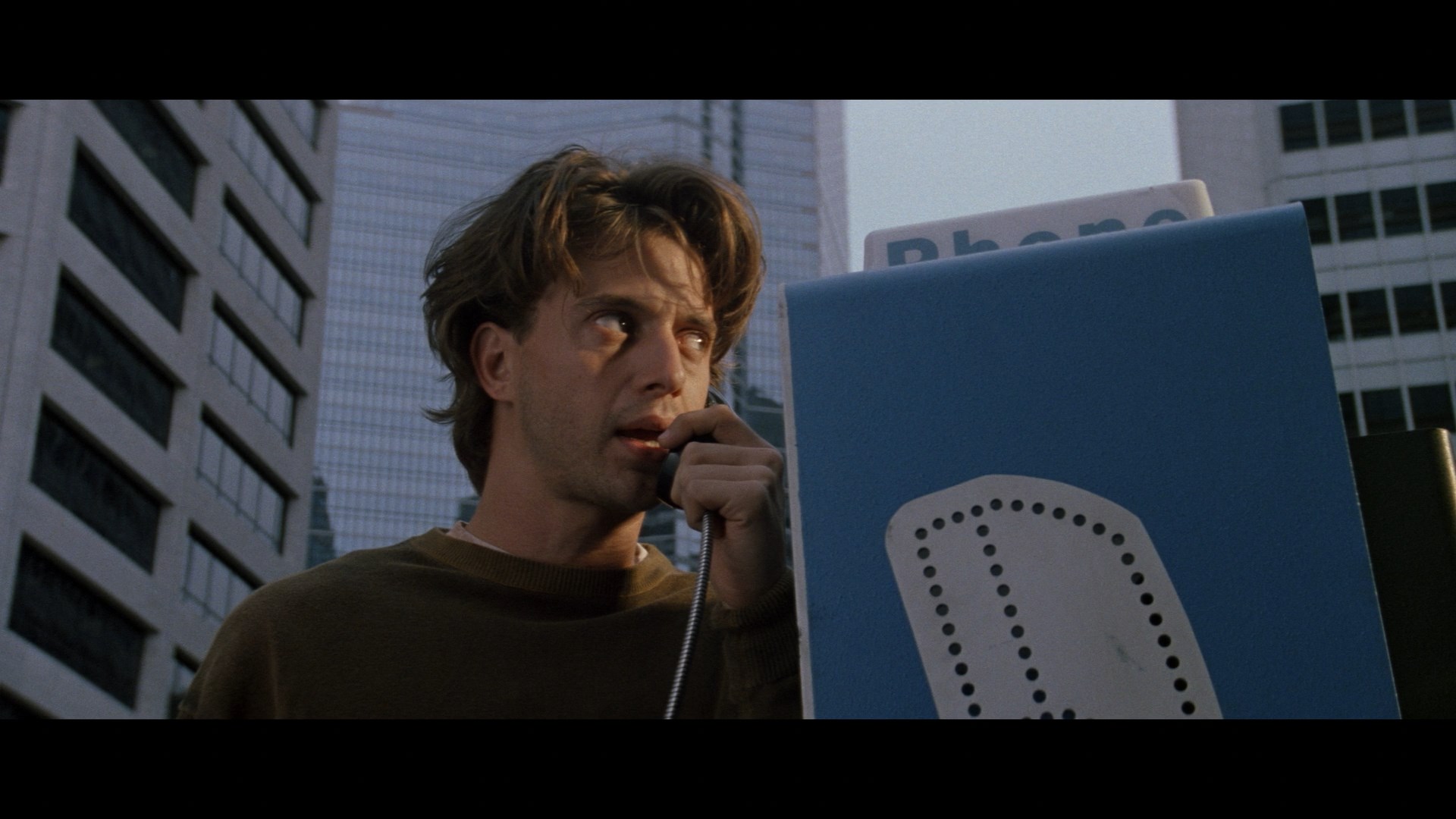 same transfer was pirated for a Spanish Blu-ray release in 2016 (complete with a shot
same transfer was pirated for a Spanish Blu-ray release in 2016 (complete with a shot 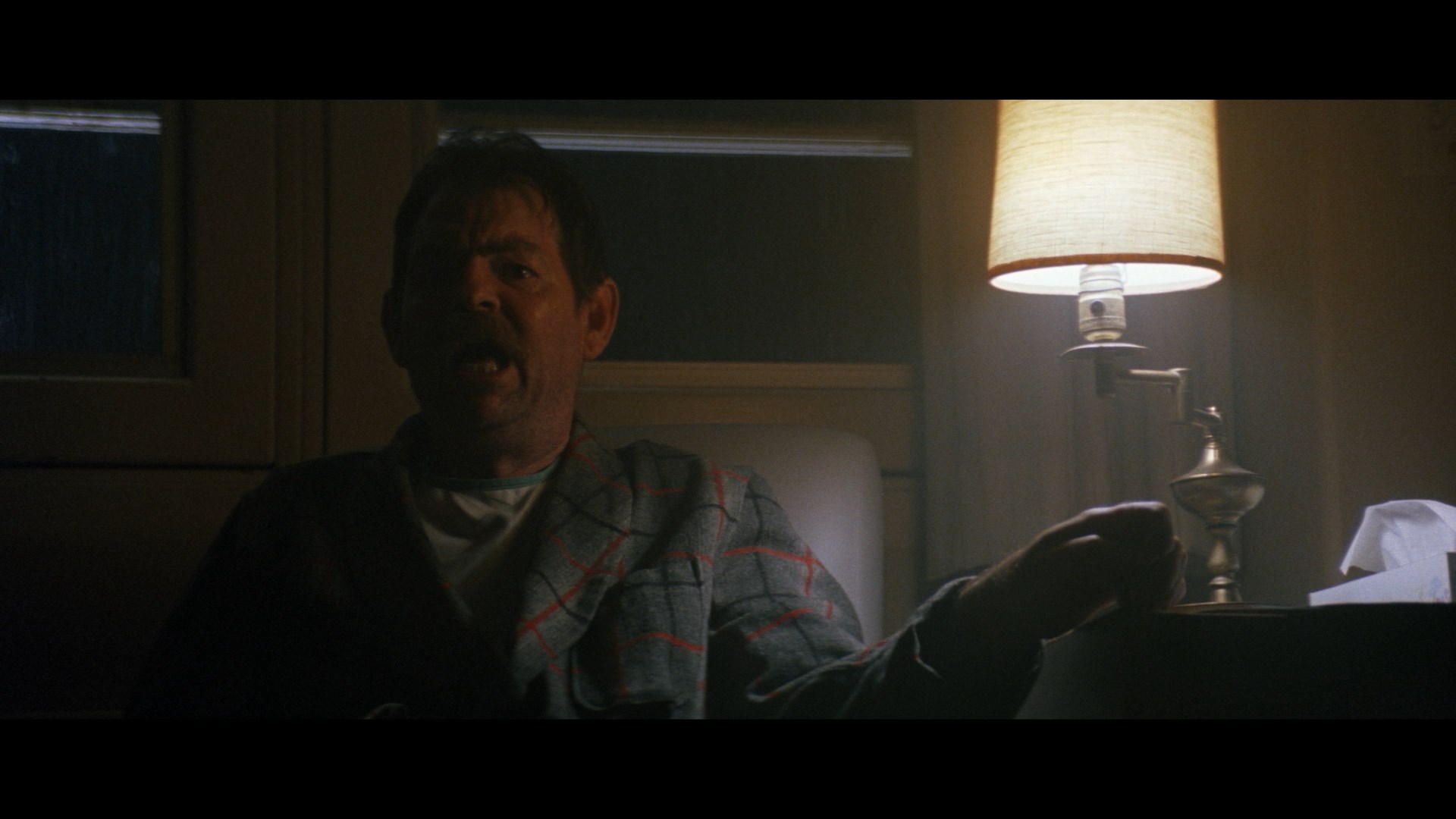 from Tenebrae on the menu screen!) and is not recommended, though at least it didn't have forced subtitles.
from Tenebrae on the menu screen!) and is not recommended, though at least it didn't have forced subtitles.
After a long absence in the U.S., Trauma finally returned with a Blu-ray from Vinegar Syndrome featuring a huge selling point: the longer international cut of the film 100% in English for the first time ever, a process used by adjusting the raw audio from the workprint. The effect works quite seamlessly here and definitely helps the film flow better, especially that food market scene. The new 4K scan from an interpositive improves on the already good HD presentation with finer detail, a bit more info in the frame, and more careful color timing that pulls back on the yellow push in some scenes; the additional Italian footage has been edited in from the older source, but the difference isn't hugely noticeable. The DTS-HD MA English 2.0 stereo track is similar to what's on the earlier Blu-rays, with some fun front and rear channel separation for the music and the storm scenes; optional English SDH subtitles are included but not accessible from the setup menu. Two audio commentaries are included, the first with the quartet from The Hysteria Continues (who note the overlap between gialli and slasher films, with discussion about how Argento weaves in and out through the subgenres over the years as well as the various script permutations) and the second with Alexandra Heller-Nicholas, who chats about erotic thrillers, '90s horror films, the later wave of the giallo, gender politics, and her misgivings about the central romance.
In "Beheaded" (23m41s), Argento chats about the dual influences of learning about anorexia and a pivotal visit to the home of Nathaniel Hawthorne, the choice to shoot in Minneapolis, his discovery of Klein, the decision to use prevalent smoke throughout to create a dreamlike feeling (and which affected his senses for a while), the process of directing Asia for the first time (including the nonchalance of her brief nude scene), his positive rapport with the "introverted" Laurie, the connection to George Lucas, and more. This one has English SDH subtitles instead of standard ones for the Italian conversation, which is odd. Then it's Savini's turn in "Heads Above the Rest" (18m2s), which finds the maestro looking back on his multiple Argento-related collaborations, the effects requirements ranging from a fake lizard to severed heads, some unused designs like a better gelatin Brad Dourif head and a krimi-style POV inside a human mouth, the mechanisms of that murder weapon, and his decades-long friendship with Asia. And yes, he still has some of the heads! Writer Franco Ferrini appears next in "Female Hamlet" (17m11s) to place this film in context with his run of Argento films stemming from Phenomena, noting how the anorexia angle may have originated from Daria Nicolodi's daughter and how the treatment he and Argento created evolved into a script in Klein's hands. In "Ruby Rain" (14m54s), Donaggio notes how he was first approached by Argento for the director's controversial Trussardi fashion show set to Body Double, including an explanation of why it took so, so long for that soundtrack to finally get a release. Then he goes into their films together, the intentional use of dissonance and odd musical signatures to throw off the audience, the story behind that wacky cartoon theme for the little boy neighbor, and more. 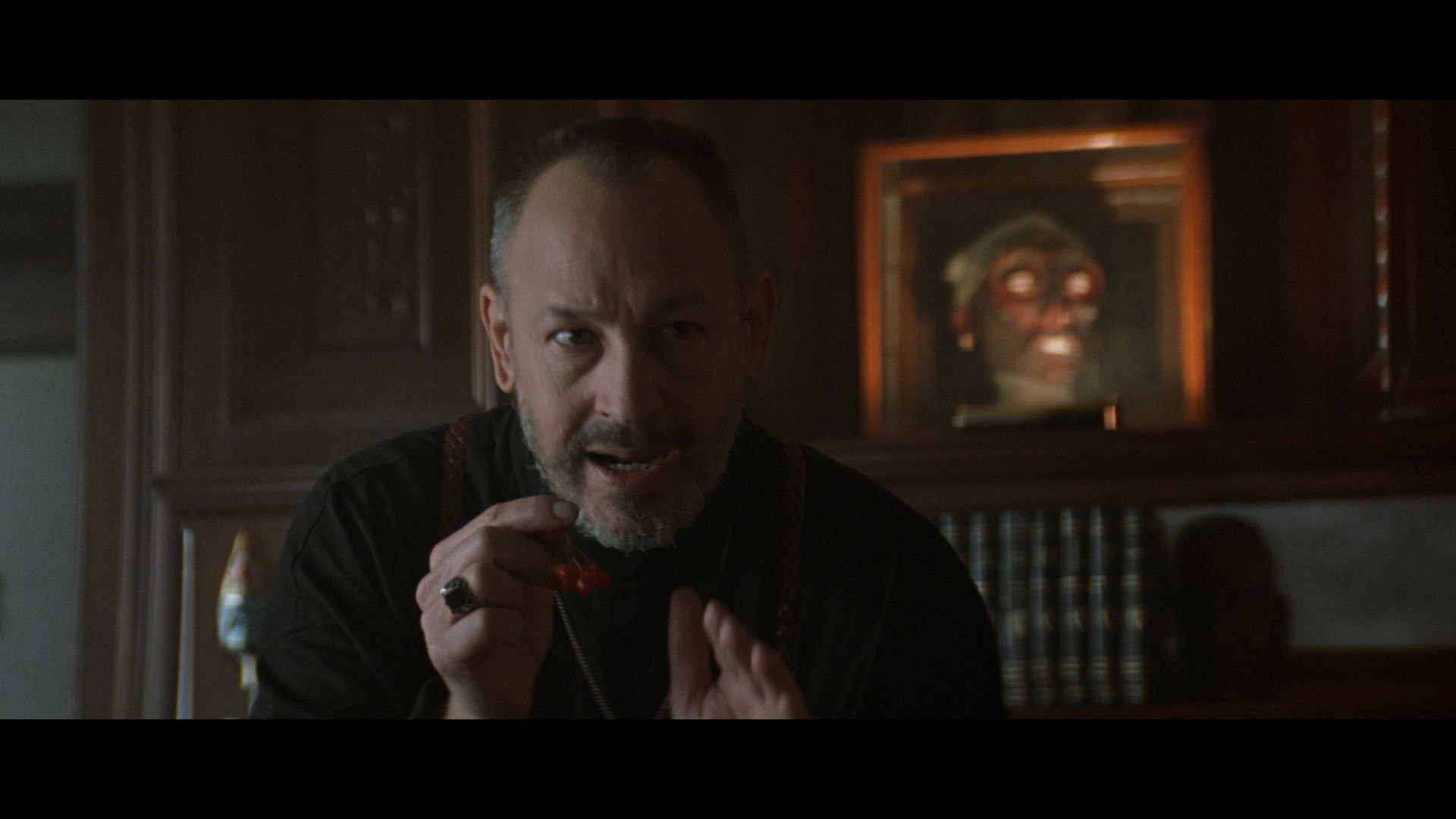 He also points out the one big star who actually came to watch him at work in the scoring stage, and it's definitely not one you'd expect!
He also points out the one big star who actually came to watch him at work in the scoring stage, and it's definitely not one you'd expect! 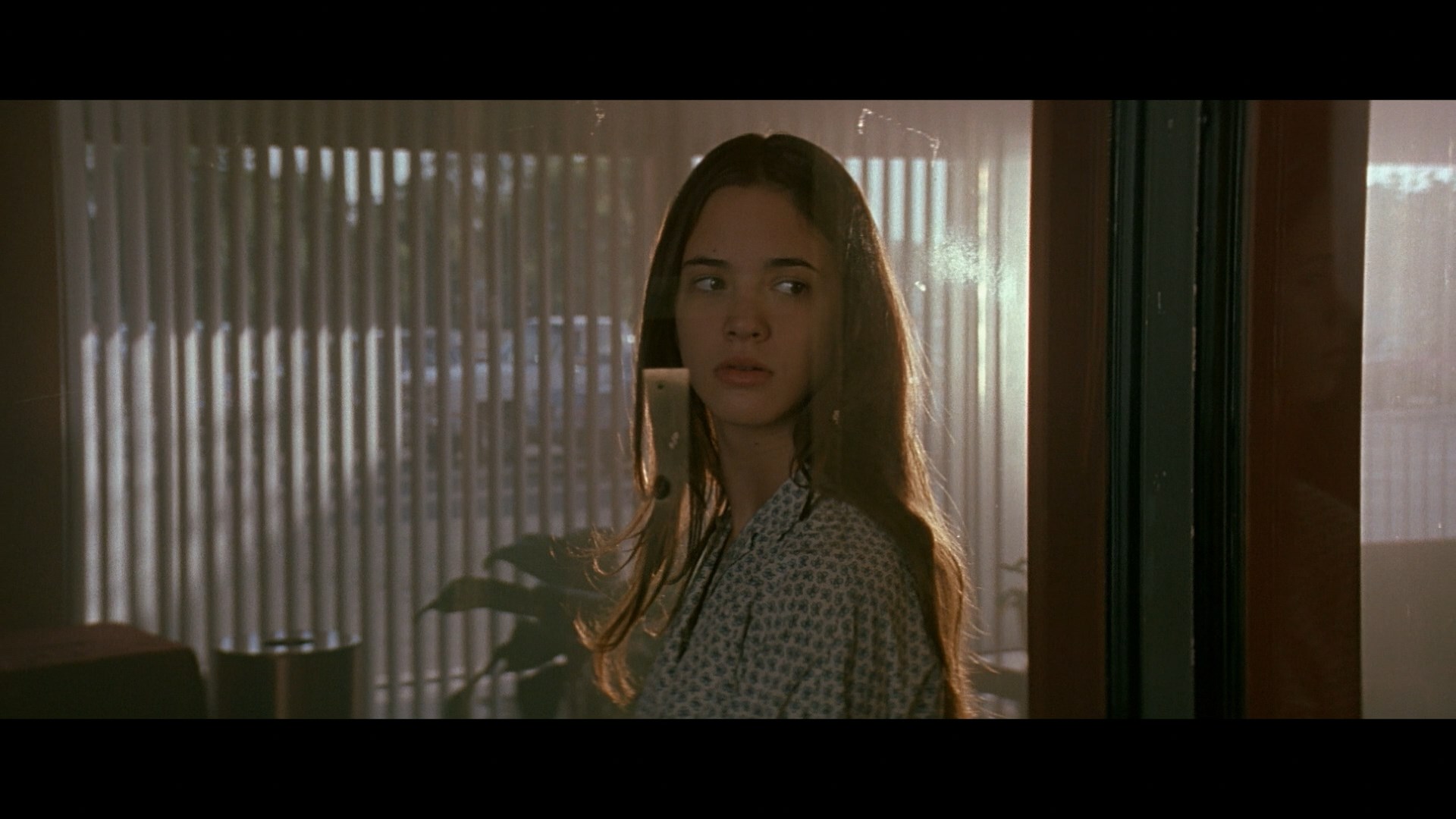 Finally in "When the Lightning Strikes" (34m23s), cinematographer Raffaele Mertes goes into his first work with Argento on The Sect and the process of creating the film's singular look out of the central location, whose architectural uniqueness turned out to be an advantage. He also touches on the stylish aesthetic necessary for the seance scene, the creation of that basement prison for the finale, and the collaborative nature of the cast members. Also included are some shorter interviews starting with actress Sharon Barr (5m53s), who recalls playing an ill-fated nurse and got to be dragged along a floor during a simulated thunderstorm. After that you get actor and casting director Ira Belgrade (6m30s) covering his work on this film after Army of Darkness, his role as Rydell's geeky sidekick (which he wanted to give to Dan Schneider), and his late wife's role in punching up the script with a few bits of humor. Russo (3m49s) and Laurie (5m7s) also pop up for brief memories of the film, with the former noting his first exposure to Italian horror via Mario Bava and Suspiria and his enthusiasm for working with the "sweet, quiet" Argento; Laurie (chatting over Zoom) is in great spirits, too, explaining how she didn't quite understand all of the "outlandish" script but was deeply enamored with playing such a colorful character, especially opposite Forrest. The 8m2s Savini effects featurette is ported over here from the Anchor Bay DVD, followed by the film's original 8m25s electronic press kit featuring Argento, Forrest, Laurie, Dourif, Asia Argento, Rydell, Savini, Russo, and stuntman Jack Gill offering quick soundbites among plentiful behind-the-scenes footage. (Gray market VHS hounds may remember around five hours of that raw footage making the rounds at one point, but good luck finding it now.) Also included here, miraculously, is that early workprint version in dupey VHS quality; this may have originated from a PAL source as it runs several minutes shorter (112m48s) but appears to be intact, complete with that familiar temp music and the most important exclusive section introducing Aura's character. Finally the disc closes out with the familiar full frame U.S. trailer and the Italian one-- both of which have severe interlacing tearing, so that's not a defect of your player or monitor. As usual the release comes with a limited slipcase featuring a nice Italian spin on the newly created artwork.
Finally in "When the Lightning Strikes" (34m23s), cinematographer Raffaele Mertes goes into his first work with Argento on The Sect and the process of creating the film's singular look out of the central location, whose architectural uniqueness turned out to be an advantage. He also touches on the stylish aesthetic necessary for the seance scene, the creation of that basement prison for the finale, and the collaborative nature of the cast members. Also included are some shorter interviews starting with actress Sharon Barr (5m53s), who recalls playing an ill-fated nurse and got to be dragged along a floor during a simulated thunderstorm. After that you get actor and casting director Ira Belgrade (6m30s) covering his work on this film after Army of Darkness, his role as Rydell's geeky sidekick (which he wanted to give to Dan Schneider), and his late wife's role in punching up the script with a few bits of humor. Russo (3m49s) and Laurie (5m7s) also pop up for brief memories of the film, with the former noting his first exposure to Italian horror via Mario Bava and Suspiria and his enthusiasm for working with the "sweet, quiet" Argento; Laurie (chatting over Zoom) is in great spirits, too, explaining how she didn't quite understand all of the "outlandish" script but was deeply enamored with playing such a colorful character, especially opposite Forrest. The 8m2s Savini effects featurette is ported over here from the Anchor Bay DVD, followed by the film's original 8m25s electronic press kit featuring Argento, Forrest, Laurie, Dourif, Asia Argento, Rydell, Savini, Russo, and stuntman Jack Gill offering quick soundbites among plentiful behind-the-scenes footage. (Gray market VHS hounds may remember around five hours of that raw footage making the rounds at one point, but good luck finding it now.) Also included here, miraculously, is that early workprint version in dupey VHS quality; this may have originated from a PAL source as it runs several minutes shorter (112m48s) but appears to be intact, complete with that familiar temp music and the most important exclusive section introducing Aura's character. Finally the disc closes out with the familiar full frame U.S. trailer and the Italian one-- both of which have severe interlacing tearing, so that's not a defect of your player or monitor. As usual the release comes with a limited slipcase featuring a nice Italian spin on the newly created artwork.
Vinegar Syndrome (Blu-ray)
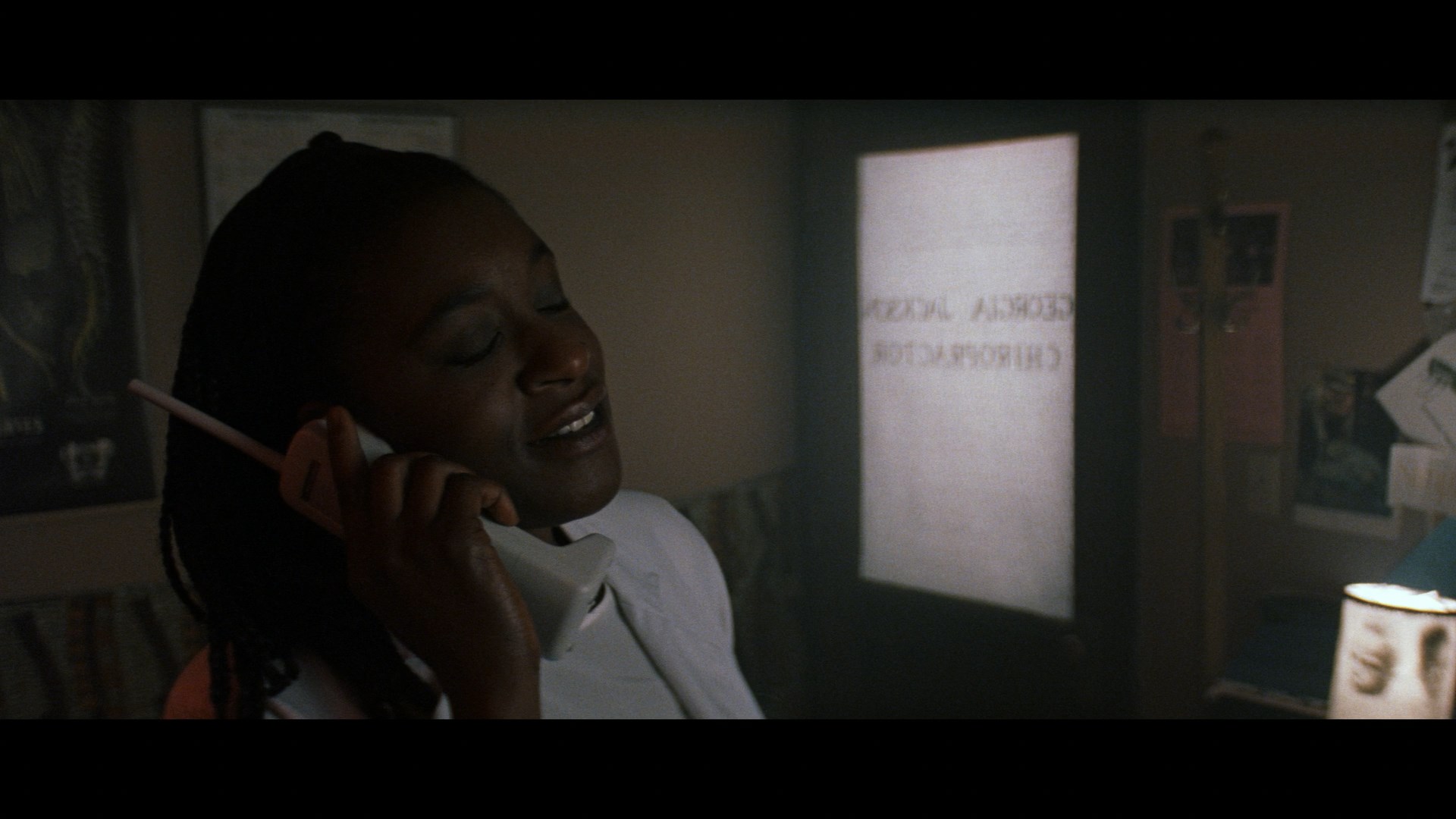

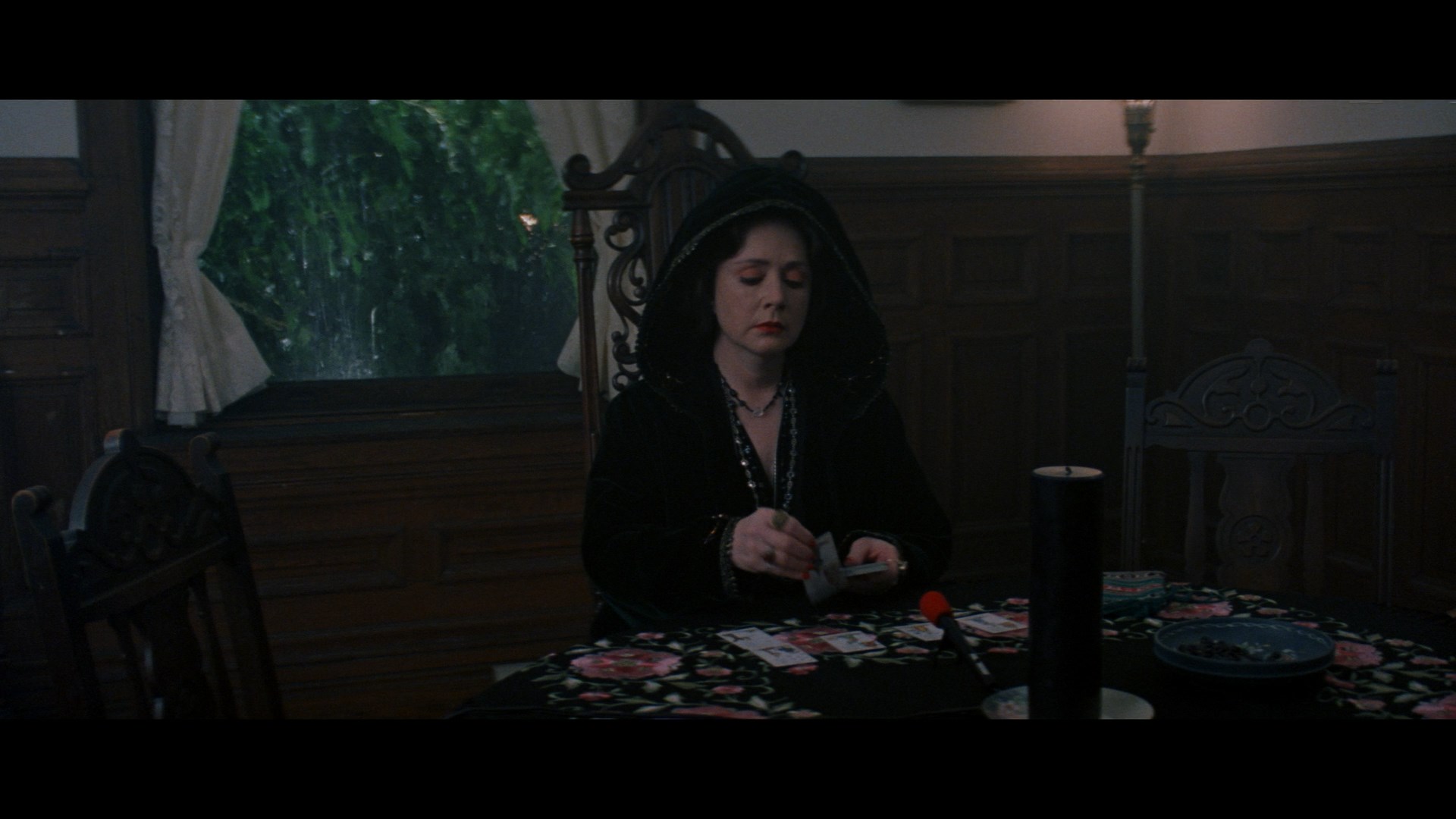
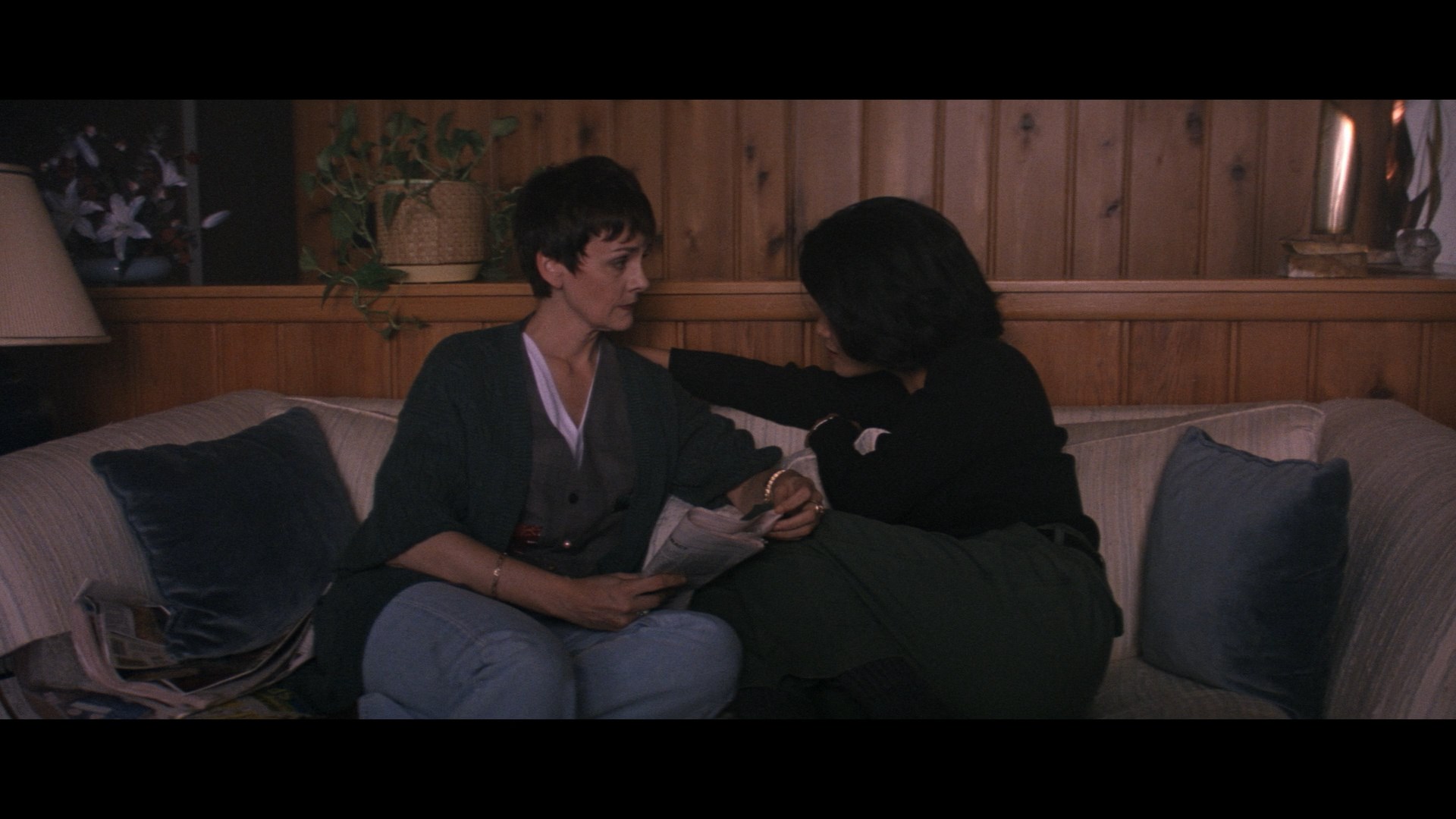
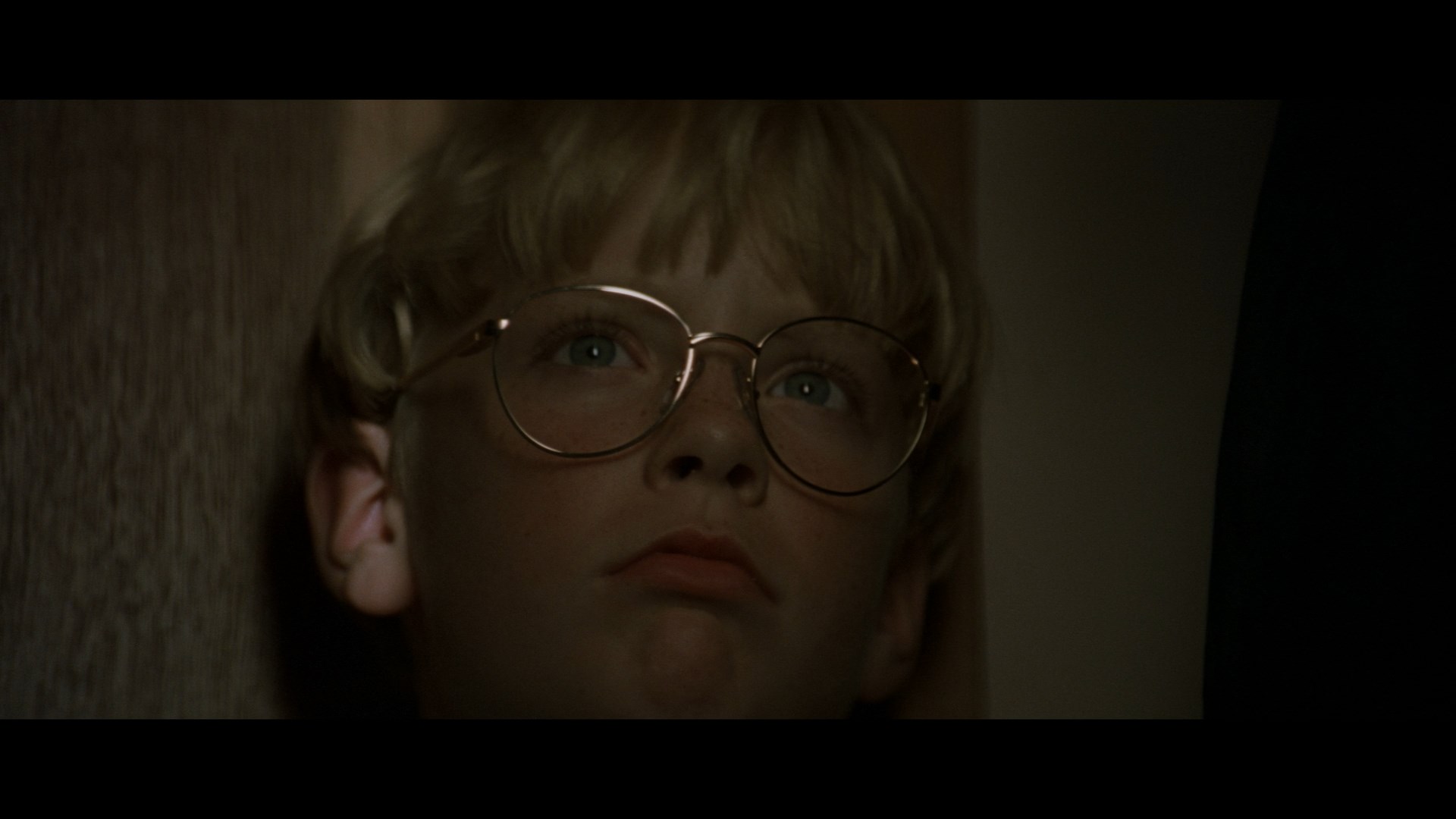
TonFilm (Blu-ray)
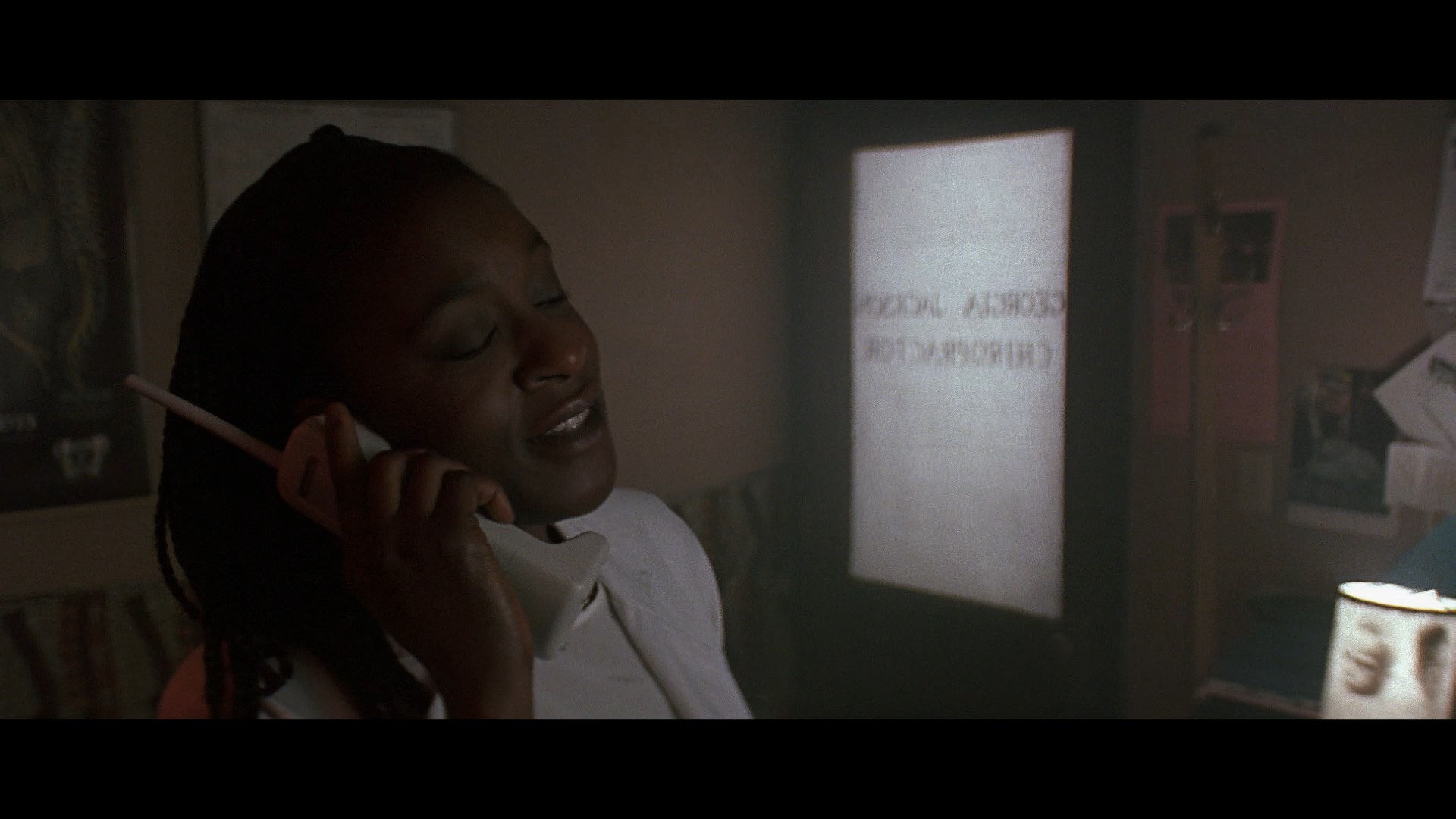
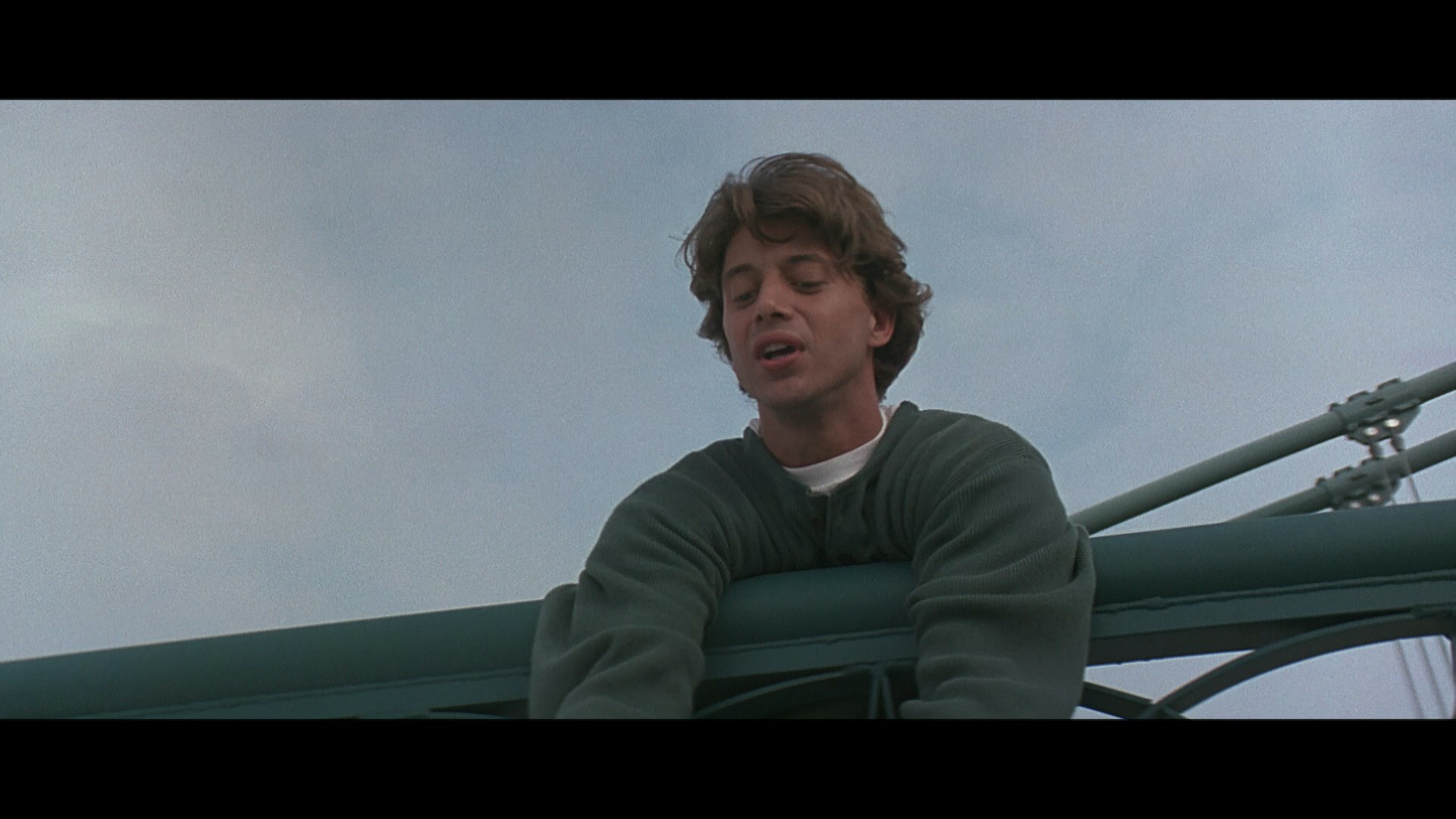
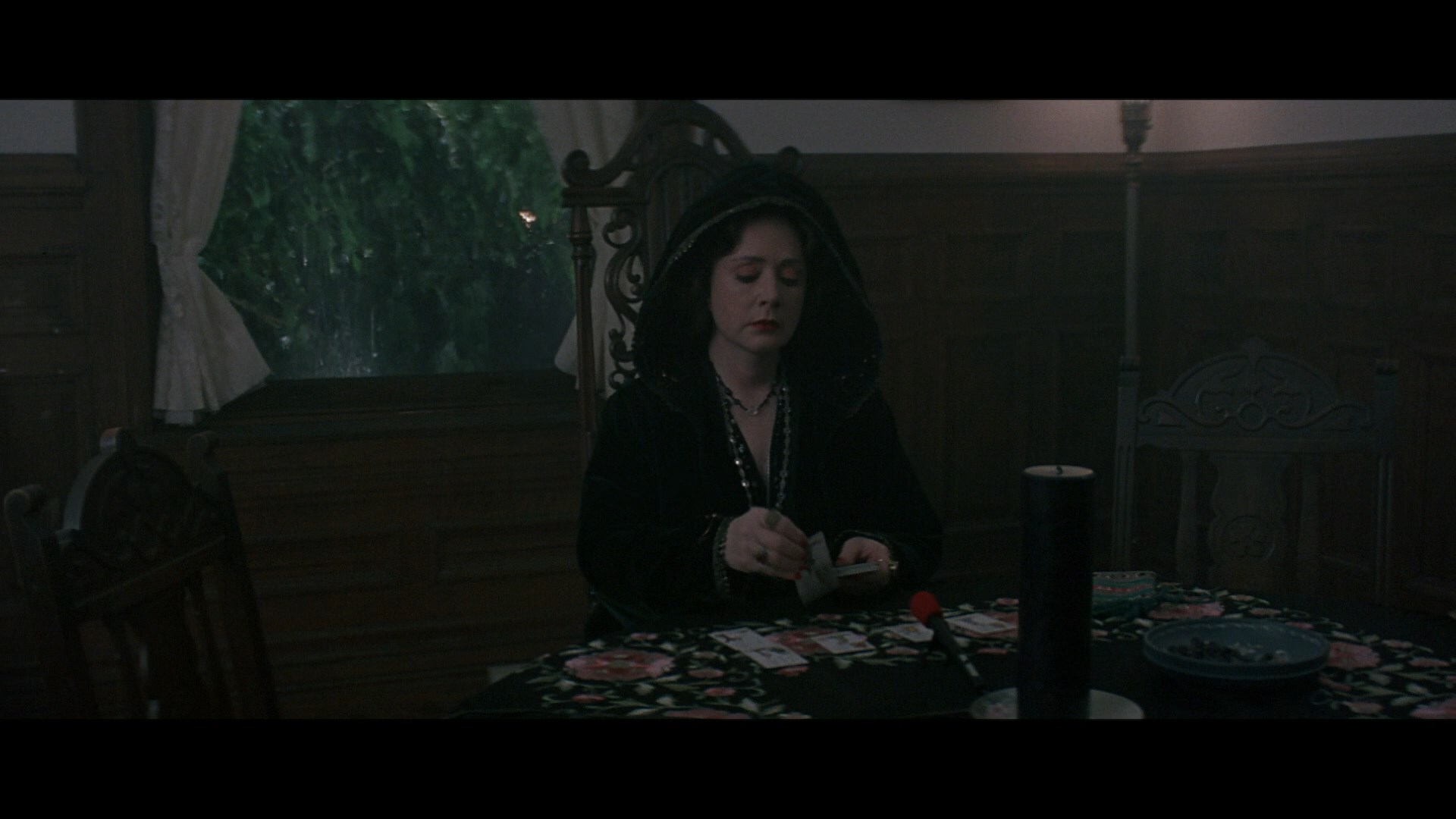
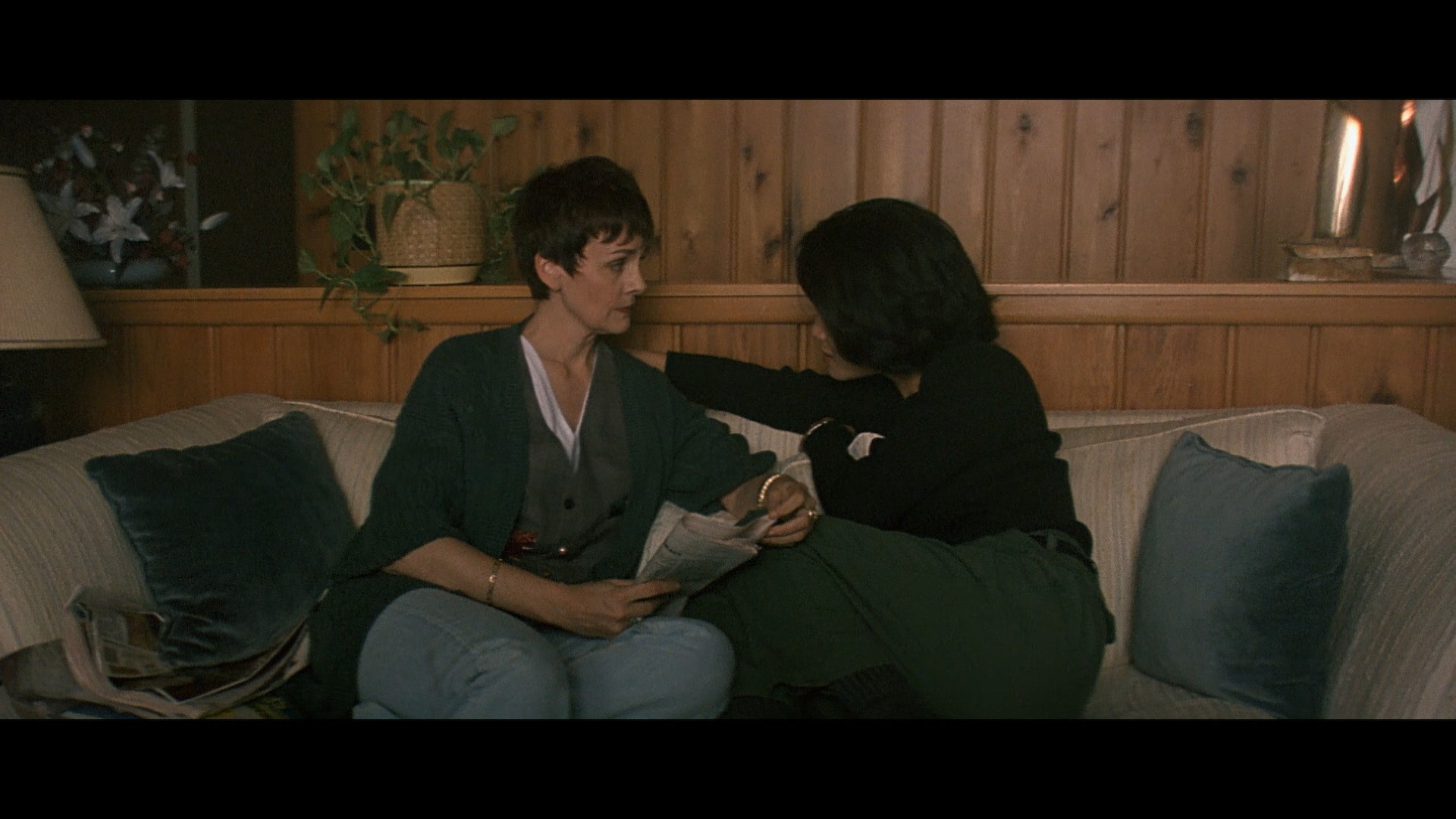
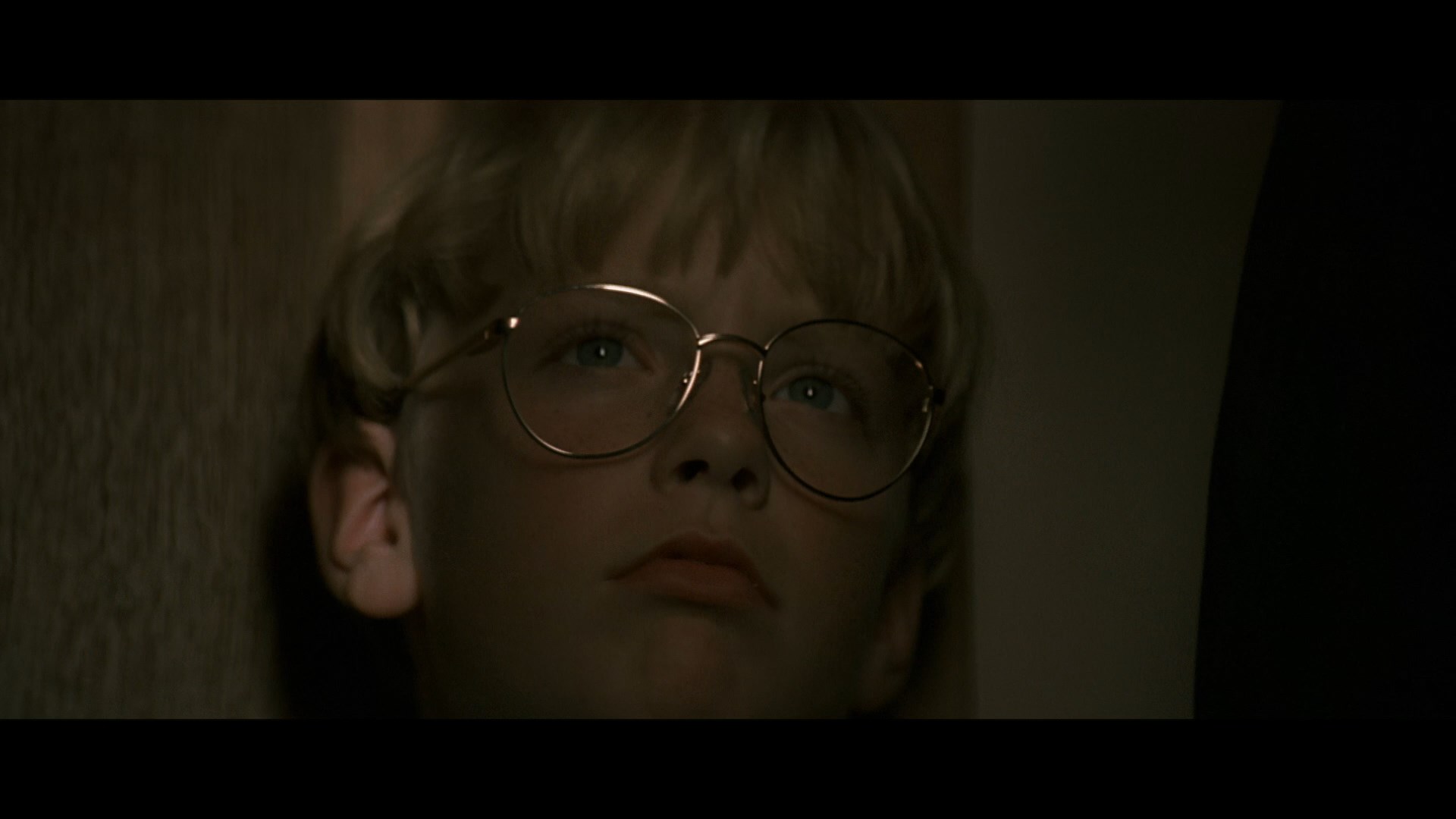
Anchor Bay (DVD)
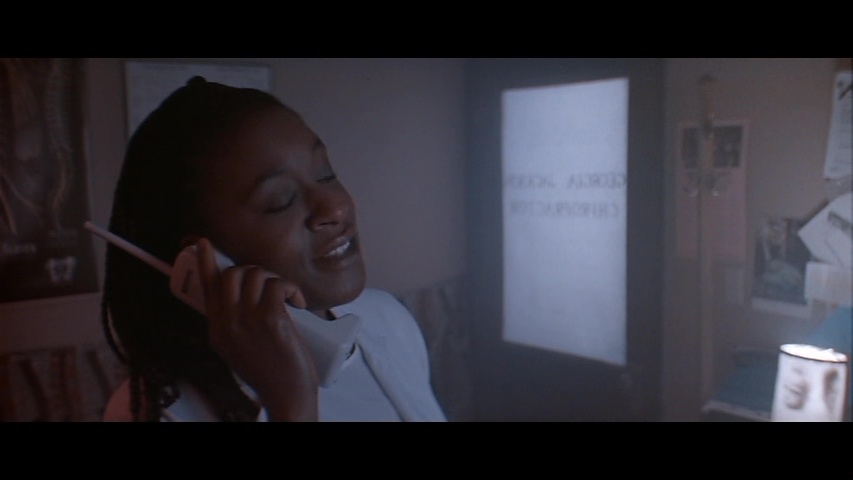
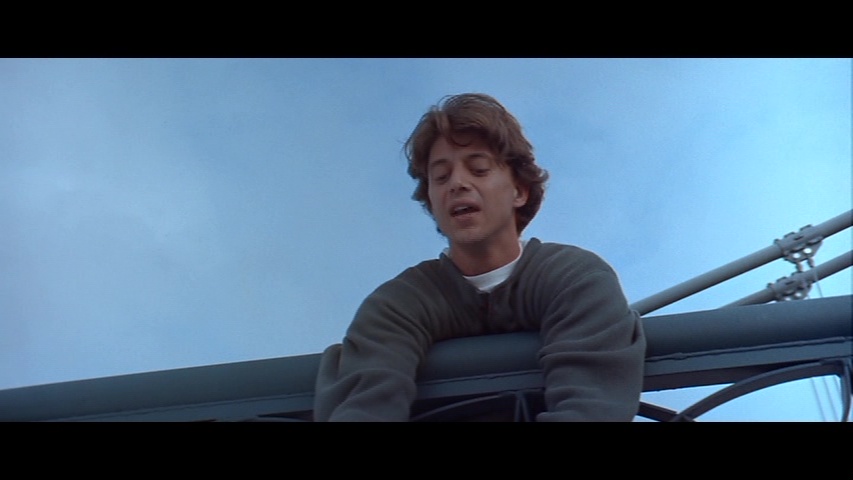
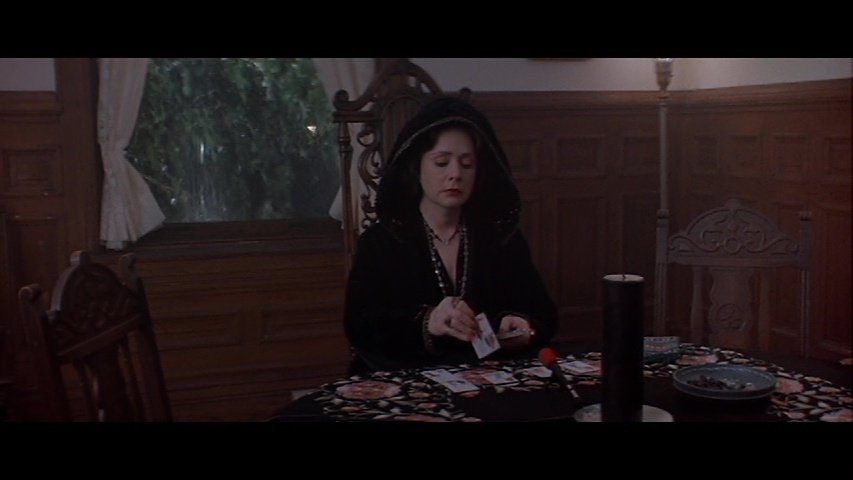

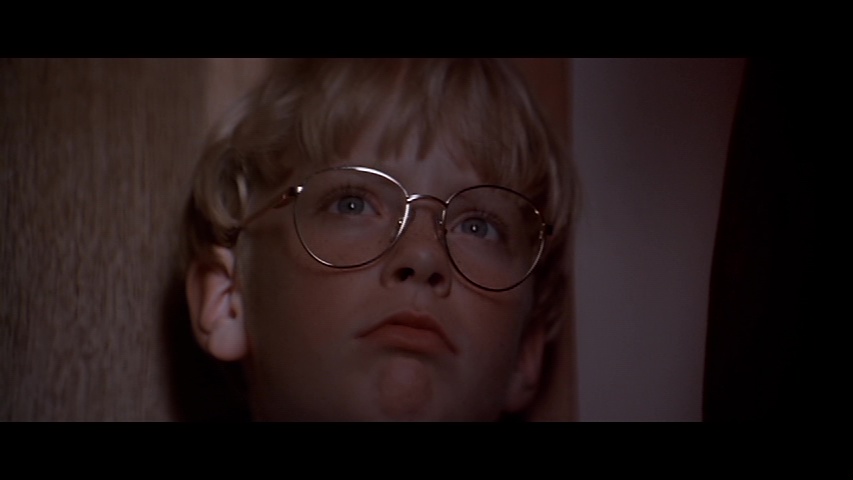
Updated review on November 25, 2021.


 excessive Italian masterworks up through Opera and the highly erratic experiments that characterize the rest of his career, Trauma was the closest the director came to mounting a mainstream American feature. The genesis of the decision to go stateside was obviously his collaboration with George A. Romero on the Pittsburgh-shot anthology Two Evil Eyes, which didn't get a wide release but earned him a positive fan reception and relatively good reviews. Originally entitled Aura's Enigma and lensed in Minnesota, Trauma was handed to American horror writer T.E.D. Klein for an extra dialogue gloss and kept on a pair of the prior film's alumni, effects maestro Tom Savini and composer Pino Donaggio. The gore was kept to what were probably deemed to be R-rated levels, focusing more than usual on intricate plot twists and character development as well as extended suspense set pieces. The end result split fans down the middle, particularly when the film went straight to video in America with an atrocious VHS transfer that wreaked havoc on the film's intricate scope compositions. However, over time its status has risen, and some of its highlights (including a masterful final half hour) are now appreciated as some of Argento's strongest work from that era.
excessive Italian masterworks up through Opera and the highly erratic experiments that characterize the rest of his career, Trauma was the closest the director came to mounting a mainstream American feature. The genesis of the decision to go stateside was obviously his collaboration with George A. Romero on the Pittsburgh-shot anthology Two Evil Eyes, which didn't get a wide release but earned him a positive fan reception and relatively good reviews. Originally entitled Aura's Enigma and lensed in Minnesota, Trauma was handed to American horror writer T.E.D. Klein for an extra dialogue gloss and kept on a pair of the prior film's alumni, effects maestro Tom Savini and composer Pino Donaggio. The gore was kept to what were probably deemed to be R-rated levels, focusing more than usual on intricate plot twists and character development as well as extended suspense set pieces. The end result split fans down the middle, particularly when the film went straight to video in America with an atrocious VHS transfer that wreaked havoc on the film's intricate scope compositions. However, over time its status has risen, and some of its highlights (including a masterful final half hour) are now appreciated as some of Argento's strongest work from that era. David for help and joins him to track down the killer, whose death list is still far from finished.
David for help and joins him to track down the killer, whose death list is still far from finished. 
 contains a peculiar temp track score with tracks from Basic Instinct, Hellraiser, and Enya-- an odd combination, to say the least. A widescreen version from Tartan appeared on VHS in the UK but suffered from BBFC cuts to a pair of decapitation sequences. (The Worldvision tape was also trimmed
contains a peculiar temp track score with tracks from Basic Instinct, Hellraiser, and Enya-- an odd combination, to say the least. A widescreen version from Tartan appeared on VHS in the UK but suffered from BBFC cuts to a pair of decapitation sequences. (The Worldvision tape was also trimmed  down for an optional, Blockbuster-friendly R-rated version.) A UK Tartan DVD was non-anamorphic but watchable, derived from the same master used for their VHS but reinstating the excised gore. The extras listed on the back of the UK release look more impressive than they really are; on the disc you get the original trailer (prepared by Overseas for international exhibition), a trailer for Phantom of the Opera to tie in with Tartan's release of that title, a print interview with Asia Argento, some behind the scenes photographs, a Richard Stanley essay, and notes about the BBFC's previous cuts to the film.
down for an optional, Blockbuster-friendly R-rated version.) A UK Tartan DVD was non-anamorphic but watchable, derived from the same master used for their VHS but reinstating the excised gore. The extras listed on the back of the UK release look more impressive than they really are; on the disc you get the original trailer (prepared by Overseas for international exhibition), a trailer for Phantom of the Opera to tie in with Tartan's release of that title, a print interview with Asia Argento, some behind the scenes photographs, a Richard Stanley essay, and notes about the BBFC's previous cuts to the film.  Argento
Argento  expert Alan Jones, who was on the set during shooting and has stories for virtually every scene in the film. The same master was apparently used for the reissued UK versions, which look very similar.
expert Alan Jones, who was on the set during shooting and has stories for virtually every scene in the film. The same master was apparently used for the reissued UK versions, which look very similar. same transfer was pirated for a Spanish Blu-ray release in 2016 (complete with a shot
same transfer was pirated for a Spanish Blu-ray release in 2016 (complete with a shot  from Tenebrae on the menu screen!) and is not recommended, though at least it didn't have forced subtitles.
from Tenebrae on the menu screen!) and is not recommended, though at least it didn't have forced subtitles.  He also points out the one big star who actually came to watch him at work in the scoring stage, and it's definitely not one you'd expect!
He also points out the one big star who actually came to watch him at work in the scoring stage, and it's definitely not one you'd expect!  Finally in "When the Lightning Strikes" (34m23s), cinematographer Raffaele Mertes goes into his first work with Argento on The Sect and the process of creating the film's singular look out of the central location, whose architectural uniqueness turned out to be an advantage. He also touches on the stylish aesthetic necessary for the seance scene, the creation of that basement prison for the finale, and the collaborative nature of the cast members. Also included are some shorter interviews starting with actress Sharon Barr (5m53s), who recalls playing an ill-fated nurse and got to be dragged along a floor during a simulated thunderstorm. After that you get actor and casting director Ira Belgrade (6m30s) covering his work on this film after Army of Darkness, his role as Rydell's geeky sidekick (which he wanted to give to Dan Schneider), and his late wife's role in punching up the script with a few bits of humor. Russo (3m49s) and Laurie (5m7s) also pop up for brief memories of the film, with the former noting his first exposure to Italian horror via Mario Bava and Suspiria and his enthusiasm for working with the "sweet, quiet" Argento; Laurie (chatting over Zoom) is in great spirits, too, explaining how she didn't quite understand all of the "outlandish" script but was deeply enamored with playing such a colorful character, especially opposite Forrest. The 8m2s Savini effects featurette is ported over here from the Anchor Bay DVD, followed by the film's original 8m25s electronic press kit featuring Argento, Forrest, Laurie, Dourif, Asia Argento, Rydell, Savini, Russo, and stuntman Jack Gill offering quick soundbites among plentiful behind-the-scenes footage. (Gray market VHS hounds may remember around five hours of that raw footage making the rounds at one point, but good luck finding it now.) Also included here, miraculously, is that early workprint version in dupey VHS quality; this may have originated from a PAL source as it runs several minutes shorter (112m48s) but appears to be intact, complete with that familiar temp music and the most important exclusive section introducing Aura's character. Finally the disc closes out with the familiar full frame U.S. trailer and the Italian one-- both of which have severe interlacing tearing, so that's not a defect of your player or monitor. As usual the release comes with a limited slipcase featuring a nice Italian spin on the newly created artwork.
Finally in "When the Lightning Strikes" (34m23s), cinematographer Raffaele Mertes goes into his first work with Argento on The Sect and the process of creating the film's singular look out of the central location, whose architectural uniqueness turned out to be an advantage. He also touches on the stylish aesthetic necessary for the seance scene, the creation of that basement prison for the finale, and the collaborative nature of the cast members. Also included are some shorter interviews starting with actress Sharon Barr (5m53s), who recalls playing an ill-fated nurse and got to be dragged along a floor during a simulated thunderstorm. After that you get actor and casting director Ira Belgrade (6m30s) covering his work on this film after Army of Darkness, his role as Rydell's geeky sidekick (which he wanted to give to Dan Schneider), and his late wife's role in punching up the script with a few bits of humor. Russo (3m49s) and Laurie (5m7s) also pop up for brief memories of the film, with the former noting his first exposure to Italian horror via Mario Bava and Suspiria and his enthusiasm for working with the "sweet, quiet" Argento; Laurie (chatting over Zoom) is in great spirits, too, explaining how she didn't quite understand all of the "outlandish" script but was deeply enamored with playing such a colorful character, especially opposite Forrest. The 8m2s Savini effects featurette is ported over here from the Anchor Bay DVD, followed by the film's original 8m25s electronic press kit featuring Argento, Forrest, Laurie, Dourif, Asia Argento, Rydell, Savini, Russo, and stuntman Jack Gill offering quick soundbites among plentiful behind-the-scenes footage. (Gray market VHS hounds may remember around five hours of that raw footage making the rounds at one point, but good luck finding it now.) Also included here, miraculously, is that early workprint version in dupey VHS quality; this may have originated from a PAL source as it runs several minutes shorter (112m48s) but appears to be intact, complete with that familiar temp music and the most important exclusive section introducing Aura's character. Finally the disc closes out with the familiar full frame U.S. trailer and the Italian one-- both of which have severe interlacing tearing, so that's not a defect of your player or monitor. As usual the release comes with a limited slipcase featuring a nice Italian spin on the newly created artwork.![]()